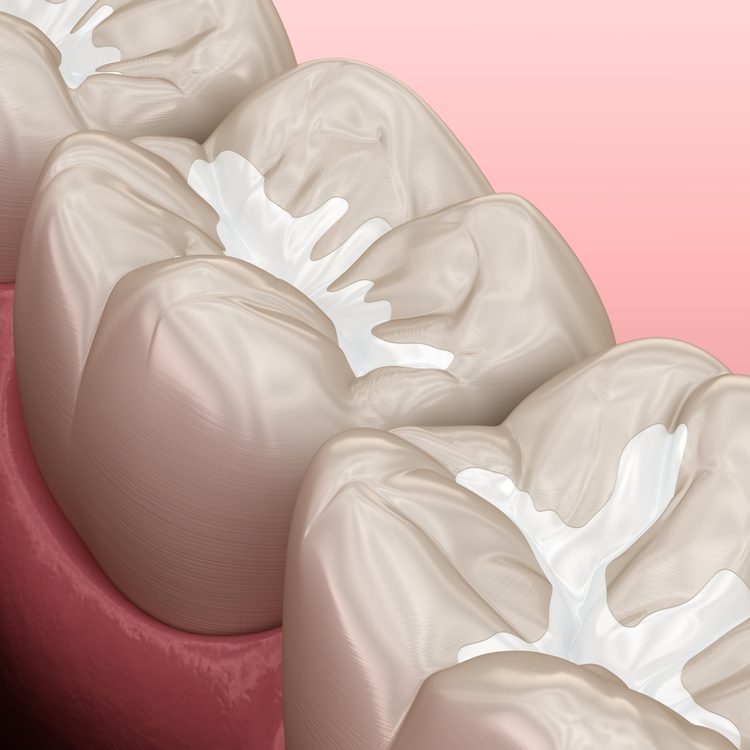Direct Pulp Capping
Carious pulp exposures have a poor prognosis if restored with direct pulp capping.
Uncontaminated mechanical pulp exposures are thought to have a more favorable response to direct pulp capping.
Mineral trioxide aggregate (ProRoot MTA) use indirect pulp capping has been widely reported.
The lifespan of the average primary tooth from initial development to exfoliation is significantly shorter than that of a permanent tooth.
Outcomes for the same procedure may differ depending on the age of the patient due to the dynamic nature of pulp tissue inside the tooth. Pulpal exposures due to cavities in primary teeth should not be direct pulp capped. Guidelines developed by both the American Academy of Pediatric Dentistry (AAPD) and the British Society of Paediatric Dentistry (BSPD) recommend that direct pulp
capping should be reserved only for small mechanical or traumatic exposures in primary teeth.
Procedure
- The tooth is isolated with a cotton roll or rubber dam.
- Pulpal exposures are cleaned to remove any debris
- Mineral trioxide aggregate is placed over the exposure with the applicator.
- Next, a layer of Glass ionomer cement is placed over it.
- Then it is further strengthened by composite.

